Mitigation approaches are unbalanced, mostly focused on monitoring, cultivation methods
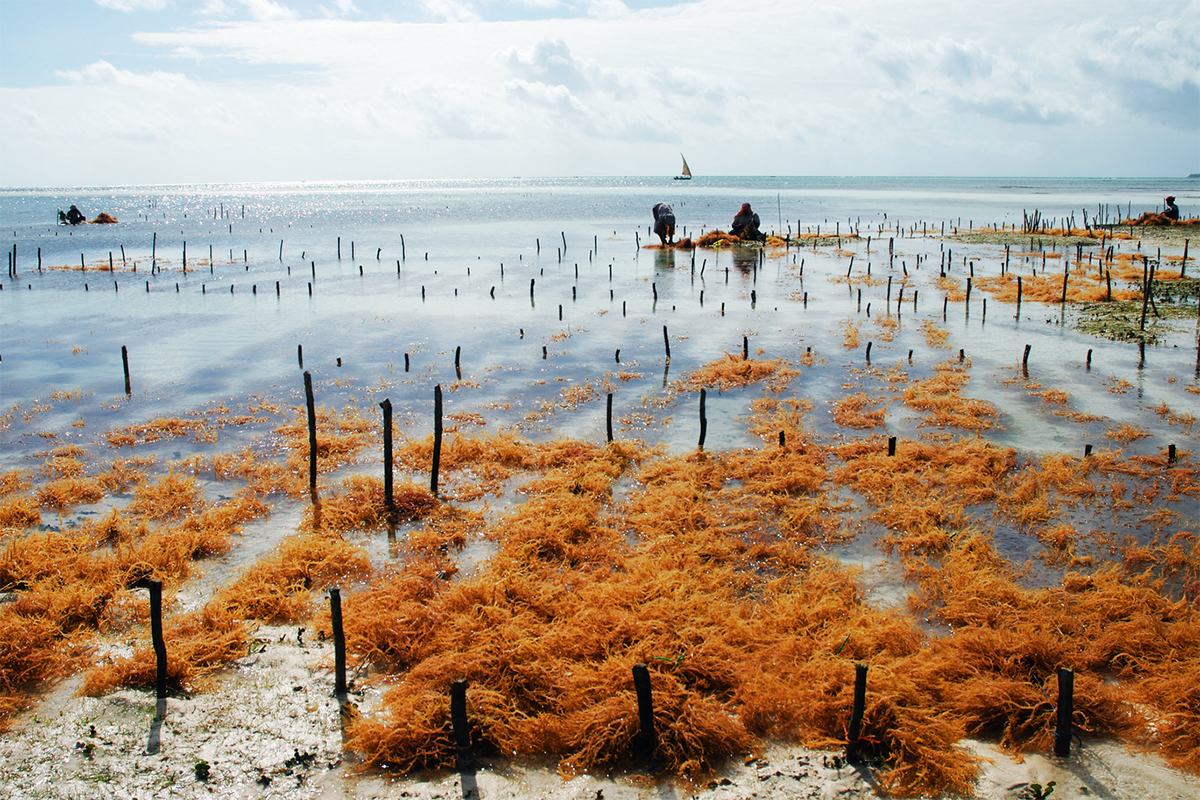
The global seaweed aquaculture industry contributes significantly to the production of various downstream and upstream products like food, biopolymers, cosmetics, nutraceuticals, bioenergy compounds, and pharmaceuticals. And the production of seaweed-based biofuel as an alternative to fossil fuel has managed to reduce up to 1,500 tons of carbon dioxide per square kilometer per year when compared to emissions from fossil fuels. Among its other functions, the open ocean aquaculture of seaweeds provides shoreline protection from storms and waves.
Seaweed production can also help to reduce ocean eutrophication by absorbing nutrients required for seaweed growth. With a wide distribution of biomass at the global level, Seaweed Aquaculture Beds (SABs) have the potential to at least act as a temporary carbon sink to mitigate the immediate effects of climate change. This is due to the capacity of seaweeds for carbon assimilation and accumulation, and carbon dioxide sequestration in a relatively short period.
On the other hand, there is evidence indicating that certain naturally growing seaweeds have the capacity for carbon sequestration and accumulation, which can be exported and buried in deep-sea regions. However, with the elevation in atmospheric carbon dioxide, ocean acidification (OA), as one of the impacts of climate change, will negatively affect entire marine systems. Although this is a globally pressing matter, the discourse on the potential ecological or economic impacts of seaweed production is still limited.
The physiological responses of non-calcifying seaweed towards OA are species-specific and inconsistent at different developmental stages, mostly due to different carbon-uptake strategies. Furthermore, the interactive effects of OA and other environmental variables such as temperature complicate any definitive prediction about the exact impacts of OA effects on fleshy seaweed.
This article – adapted and summarized from the original publication (Hengjie, T. et al. 2023. Ocean Acidification and Aquacultured Seaweeds: Progress and Knowledge Gaps. J. Mar. Sci. Eng. 2023, 11(1), 78) – discusses how the increase in dissolved carbon dioxide with pH variation will affect the physiological responses of aquacultured seaweeds.
Study setup
A literature review was conducted with articles searched by using Google Scholar, followed by the Scopus and Web of Science databases, limiting the publications from 2001 to 2022. Our review specifically focused on the following questions: (1) How do aquacultured seaweeds acclimatize to an increase in oceanic carbon dioxide? (2) What are the effects of ocean acidification on the photosynthetic rates and nutrient uptakes of aquacultured seaweeds? And: (3) What are the knowledge gaps in the mitigation strategies for future seaweed aquaculture considering an ocean-acidified environment?
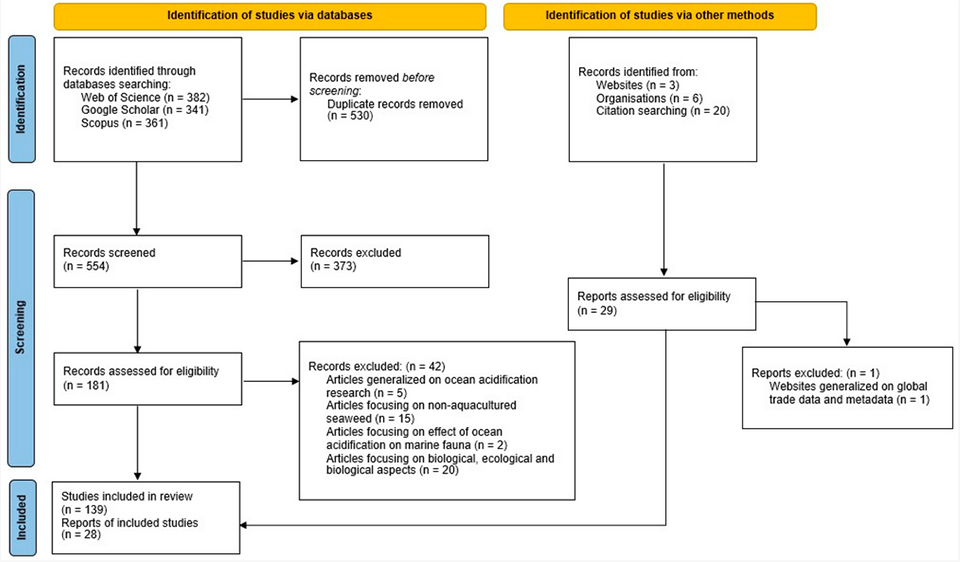
The methodology used is presented in a PRISMA flow scheme (Fig. 1). For detailed information on the review guidelines; resource identification, scoping and screening; and article analysis, refer to the original publication.
Ocean acidification and seaweeds’ photosynthetic rates and nutrient uptakes
When seaweeds with different photosynthetic capacities are exposed to increasing oceanic carbon dioxide concentrations, biochemical and molecular changes cause varying carbon uptake capacities. This has various implications in terms of alterations in the physiological responses of aquacultured seaweeds. Most of the fleshy macroalgae in aquaculture are carbon-concentrating mechanism (CCM) species, and different CCM species will respond distinctively towards OA in order to acclimatize and survive. Aquacultured seaweeds could therefore acclimatize to elevated carbon dioxide levels through various carbon uptake strategies.
Not all seaweeds undergo the same consequence in terms of changes in growth rate. This is because the rate of nutrient uptake influences the growth rate of seaweeds under elevated carbon dioxide conditions. Other factors that influence the growth rate of seaweeds under elevated carbon dioxide include limitations in nutrient availability in the water column due to the frequent increase in species biomass locally or the stratification that is induced by ocean warming. This occurs through the alteration of ocean carbonate chemistry, which is mainly attributed to the increase in ocean temperature with the increase in carbon dioxide concentrations.
Stratification hinders nutrient supply to primary producers from deep to surface waters because of the formation of layers that prevent normal water mixing such as during upwelling processes. Such effects have been reported in various oceanic regions, where some seaweed species experience lowered growth rates due to nutrient limitations caused directly by ocean stratification, while other species become less productive due to a reduction in nitrate availability.
Potential mitigation strategies for ocean acidification impacts on seaweed aquaculture
The high production volume of aquacultured seaweed demonstrates industry demands and a significant contribution in terms of farming revenue. The difference between the cost (capital, maintenance, material inputs, and labor) and the income generated, on the other hand, determines the economic sustainability and cost-effectiveness of seaweed cultivation. Indeed, if OA has an impact on seaweed production, the market’s value chain in terms of supply and demand will be disrupted, resulting in price volatility and declining profit margins in various processing industries and global marketplaces.
Therefore, a clear motivation to mitigate the effect of ocean acidification on seaweed aquaculture revolves around maintaining profitable production output in the circumstances of an ever-changing global climate. Mitigation strategies must be expanded at the regional level and should serve as fundamental frameworks for strengthening policy implementation and ensuring the respective standards for proper seaweed cultivation practice and effective management are delivered. Unfortunately, an overarching management plan that wholly addresses ocean acidification, specifically in seaweed aquaculture, is still lacking in many countries.
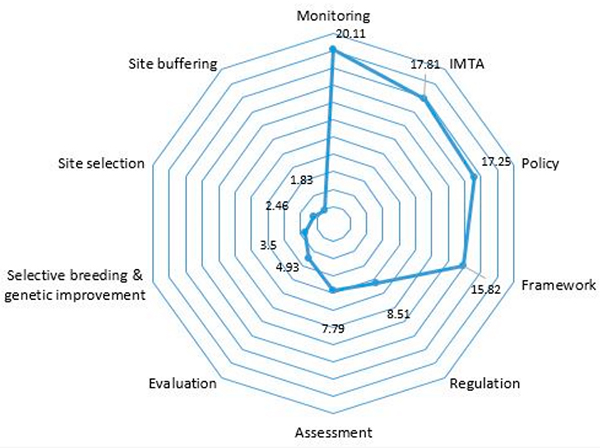
The governance management for seaweed aquaculture – in the flow of policy, framework, regulation, monitoring, followed by assessment and evaluation – ideally would combine multiple aspects of mitigation strategies as the essential elements to counteract OA. These key elements would further incorporate the managerial tools for long-term implementation, which include site selection, advanced aquaculture techniques, such as integrated multi-trophic aquaculture (IMTA), site buffering, selective breeding and genetic improvement (Fig. 2).
These same factors have been emphasized in multiple articles, which provide indirect leads to a more sustainable seaweed aquaculture. Based on the broad framework established, regulations should be developed in accordance with mutual goals such as the Sustainable Development Goals (SDGs), which may include technical guidelines to ensure the long-term growth of the seaweed aquaculture industry. It is also recommended to identify and, if necessary, establish authoritative bodies with a functional role at the national level. Their responsibilities should include ensuring the sustainability of aquaculture practice while adhering to existing regulatory policies.
Based on this approach, carbon tax implementation can be expanded globally to manage CO2 release in order to reduce greenhouse gas emissions despite a rapidly growing and developing economy.
Multi-disciplinary approach to mitigate the ocean acidification impacts on seaweed aquaculture
To counteract the consequences caused by ocean acidification, the mitigation steps should ideally be approached in concert. The identification of optimal farming techniques may be a viable first step. Different seaweed aquaculture systems, such as a recirculating land-based system, must be further developed, either through open-water systems or tank cultivation.
The farming method of choice is primarily determined by the farm’s scalable capacity and how to maximize productivity based on local environmental factors. In open-water cultivation, proper site selection and spatial planning are the key elements to ensure the effectiveness of seaweed aquaculture under elevated CO2 scenarios. For example, in Malaysia, farmers rely on the monoline method as the main farming technique, which has increased production from 60,000 tons in 2006 to 261,000 tons since 2015. Open-water cultivation may be replaced by land-based seaweed farming. Although the former is not new, more research is required to improve cultivation techniques and ensure nutrient uptake efficiency in vitro.
Sustainable seaweed aquaculture stresses proper monitoring regardless of the production technology. This can be improved with a long-term monitoring program using networks such as the Global Ocean Acidification Observing Network (GOA-ON) or the more regional Southeast Asian Global Ocean Observing System (SEAGOOS).
The variation of water parameters within each culture should be monitored and controlled to provide optimal conditions for seaweed cultivation using devices that are regularly calibrated to ensure data accuracy. Choosing cultivars with specific traits that exhibit higher growth capacity, thermal tolerance, and disease resistance brings us one step closer to having a comprehensive mitigation strategy. This strategy can be further leveraged through genetic improvement using hybridization technology, which is a means of modifying and developing existing cultivar strains for higher biomass yields without limiting the choice of aquacultured seaweed species.
Risk assessments based on an adaptive framework should be prioritized as part of the steps to address potential problems, such as threats from climate change. The Ecosystem Risk Assessment (ERA) is one viable approach for identifying hazards from adverse events and their consequences for a specific organism. The quantification of pre-impact levels and qualitative studies should be considered based on the projected effects of OA, followed by the design and evaluation of precautionary methods.
Indeed, more efforts to conduct risk assessments for marine plants classified by the International Union for the Conservation of Nature (IUCN), particularly macroalgae, are required in all coastal regions. This is necessary to reduce the selection of farmed seaweed species that may exhibit negative growth rates in stressful and disturbed marine environments.
Finally, the findings from a broad-based approach will provide information on how to consolidate existing policies while ensuring the sustainability of seaweed aquaculture. While anticipating the ripple effects of declining seaweed production, which may result in economic losses, it is critical to develop a systematic and practical plan to overcome future challenges in seaweed aquaculture. A conceptual framework has been outlined (Fig. 3), which includes various aspects of seaweed aquaculture geared toward sustaining productivity despite the constraints in OA scenarios.
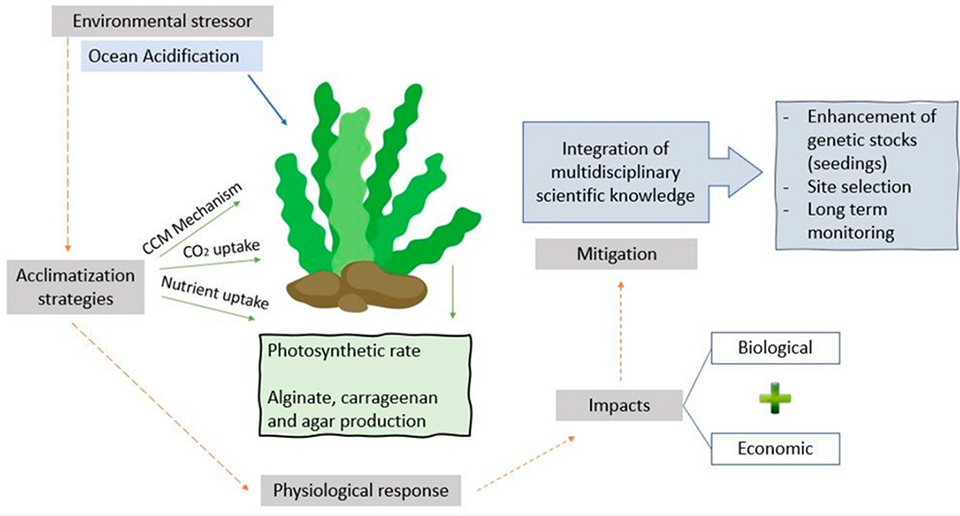
Perspectives
Seaweed aquaculture has the potential to reduce carbon dioxide emissions while also supporting ecosystem services through carbon dioxide sequestration; however, elevated carbon dioxide and ocean acidification are likely to have an impact on seaweed production. To mitigate the negative effects of severe OA on aquacultured seaweed, a comprehensive mitigation plan with adequate monitoring is required.
Seaweeds, as the largest group of aquacultured species with high productivity by volume, may be affected by regional and global changes in biomass yield. However, the responses of aquacultured seaweeds to OA vary by species, as evidenced by changes in physiological mechanisms such as the photosynthetic rate and nutrient uptake, which affect seaweed productivity. At the same time, the acclimatization of aquacultured seaweeds to elevated oceanic carbon dioxide depends on their carbon uptake strategies, while kinetic mechanism adjustments would further determine changes in the photosynthetic rate in each species. If OA has a negative effect on seaweed cultivation, the extent of its impact on seaweed production must be quantified, and because industry profitability is determined by seaweed price and operating expenses, monetary loss can be calculated precisely.
More studies are needed to quantify the effects caused by OA on the economy. This includes establishing a link between physiological changes in seaweed and industrial productivity in terms of production costs and potential revenues. As a result, multiple mitigation strategies approached from various angles should be implemented to mitigate the effects of OA on aquacultured seaweed. The emphasis should be on addressing existing knowledge gaps in mitigation approaches, which are still imbalanced and overly skewed toward monitoring- and IMTA-centric efforts.
This entails multidisciplinary approaches developed through synergy among various stakeholders – from researchers to aquaculture farmers and policymakers – for a more holistic seaweed aquaculture system that incorporates key mitigation tools. In short, the combined effects of OA on biological and economic factors necessitate the implementation of a more collaborative mitigation strategy that incorporates the various multidisciplinary aspects of OA and seaweed production.
Now that you've reached the end of the article ...
… please consider supporting GSA’s mission to advance responsible seafood practices through education, advocacy and third-party assurances. The Advocate aims to document the evolution of responsible seafood practices and share the expansive knowledge of our vast network of contributors.
By becoming a Global Seafood Alliance member, you’re ensuring that all of the pre-competitive work we do through member benefits, resources and events can continue. Individual membership costs just $50 a year.
Not a GSA member? Join us.
Author
-
Mohammad Rozaimi, Ph.D.
Corresponding author
Department of Earth Sciences and Environment, Faculty of Science and Technology, Universiti Kebangsaan Malaysia, Bangi 43600, Malaysia
Related Posts
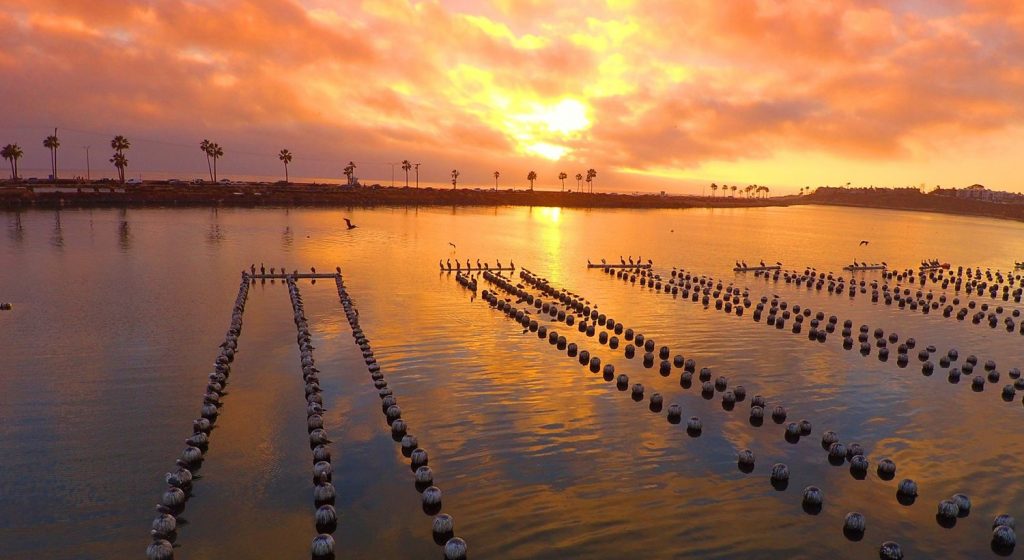
Responsibility
As ocean acidification threatens the shellfish industry, this California oyster farm is raising oysters resistant to climate change
Despite the dangers to shellfish posed by ocean acidification, a forward-thinking California oyster farm is producing oysters resistant to climate change.
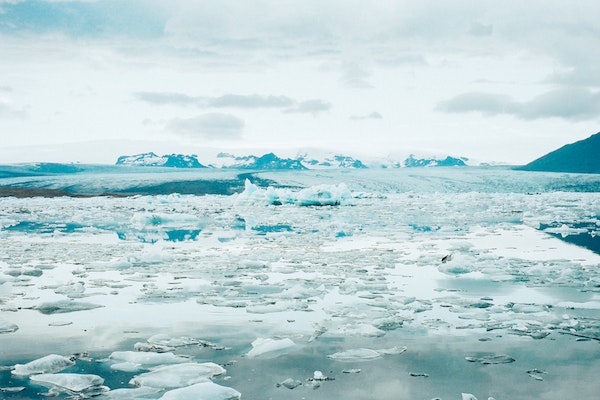
Responsibility
Fast-melting Arctic ice may contribute to an ‘extraordinary increase’ in ocean acidification
A study has found an “extraordinary increase” in ocean acidification and a strong correlation with the increasing rate of Arctic ice melting.
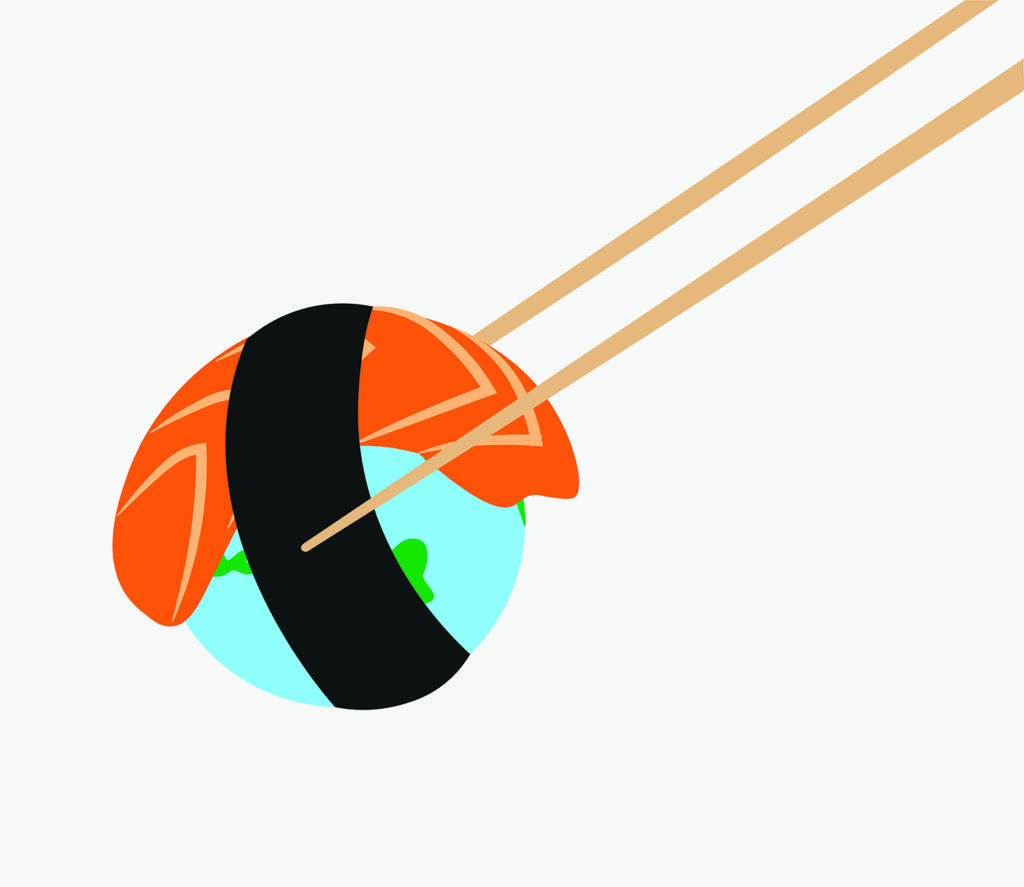
Responsibility
A wider view: Consensus on seafood’s planetary and human health benefits
Several recent reports echo the message that eating sustainable seafood can help save the planet while making significant gains in public health.
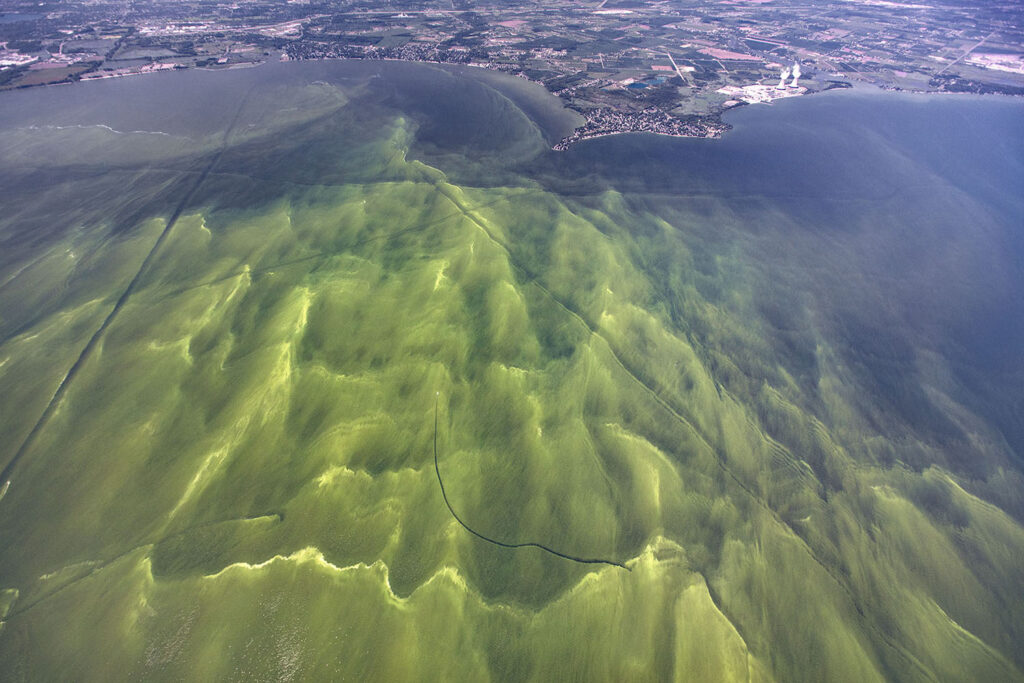
Responsibility
Climate change effects on aquaculture production
Comprehensive review explores the negative and positive sides of climate change on aquaculture production, and implications for its sustainability.



